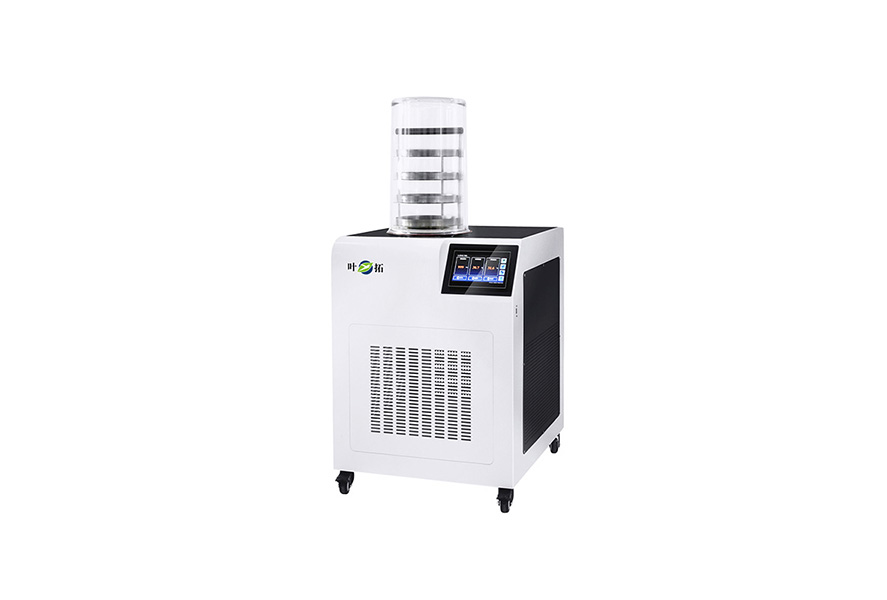In the summer season, the temperature outside the laboratory can reach up to 40 ℃, and the heat wave hits people, filling the air with a dry and anxious atmosphere. In such an environment, battery materials that are extremely sensitive to temperature control are facing an invisible challenge: how to coordinate experimental stability with environmental interference?
In the process of battery material research and performance optimization, the "drying" step is never just about evaporating water. It is related to key factors such as the integrity of the microstructure of the material, the formation of ion channels, and the maintenance of specific surface area. If the drying process is not gentle enough and is heavily influenced by the environment, the resulting material properties will exhibit unpredictable deviations.
At this point, the value of the battery material freeze-drying testing machine is highlighted.
Freeze drying technology: creating a "zero interference" space for thermosensitive materials
Unlike traditional methods such as hot air drying and vacuum drying, freeze-drying uses a "low-temperature freezing first, then sublimation dehydration" approach to preserve the morphology and internal micropores of the material to the greatest extent possible. Regardless of whether the external temperature is 40 ℃ or -10 ℃, the freeze-drying chamber always maintains a stable low-temperature and low-pressure state, providing a constant environment for the sample.
Even in hot summer days, freeze-drying testing machines can achieve the following advantages:
Avoid oxidation or structural collapse of materials due to heating during the drying process
Reduce performance fluctuations between samples and improve experimental reproducibility
Provide an ideal environment for drying complex systems containing additives, electrolyte precursors, etc
The 'Temperature Control Fortress' in High Temperature Environments
The Shanghai Yetuo Battery Material Freeze Drying Testing Machine is designed with an independent temperature control system and insulation structure to ensure that the experimental process is not affected by outdoor high temperatures. For conductive materials and active material precursors that are extremely sensitive to temperature distribution, their internal temperature uniformity, cold trap efficiency, and vacuum stability have all been tested in high-temperature environments.
Especially with the rapid development of the new energy battery industry, the material research and development cycle is constantly compressed, and the requirements for experimental efficiency and stability are synchronously increasing. Each experimental step should be "controllable, traceable, and reproducible". And this is precisely the value of freeze-drying equipment - providing a consistent experimental environment even in adverse weather conditions.
Conclusion:
Outside is a "hot oven" with a temperature of 40 ℃, while inside the freeze-drying test chamber, it is like a "quiet world" in winter. The drying of battery materials is no longer limited by weather, but is defined by you.
Because true technological innovation is not only about efficiency, but also about stability and controllability.
The significance of Shanghai Yetuo Battery Material Freeze Drying Testing Machine lies in providing a starting point for material research and development that is consistent throughout the four seasons.


 Alibaba Store
Alibaba Store Tmall Store
Tmall Store Jingdong Sstore
Jingdong Sstore







